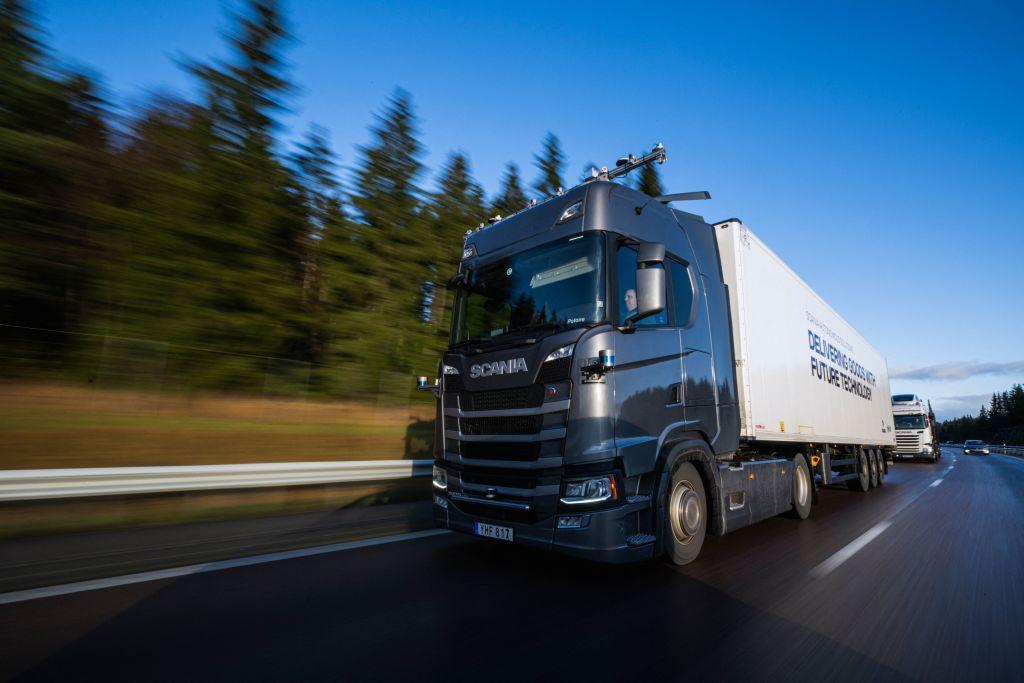South Korea’s successful launch of a domestically-developed rocket on Tuesday has spurred companies’ hopes to capitalize on prospects in the national space program.
More than 300 private companies contributed to the development of the Nuri rocket, also known as Korean Space Launch Vehicle II (KSLV-II), which cost roughly 2 trillion won ($1.5 billion) in total.
South Korea became the seventh country in the world to independently launch a satellite into space, boosting its growing aerospace ambitions and demonstrating its ability to launch spy satellites.
Korea Aerospace Industries (KAI), the national aerospace company, led the companies in developing the Nuri rocket and manufacturing the first-stage fuel tank and oxidizer tanks.
Hanwha Aerospace, which manufactured all six engines for the Nuri rocket, has already completed developing the engines required for the space vehicle’s third launch.
South Korea’s Science Ministry awarded Korean Air Lines a 20 billion won ($15 million) project earlier this month to develop a 3-ton engine for the second stage of a small launch vehicle project, which is expected to complete by 2027.
South Korea’s Second Attempt
The recent launch was South Korea’s second attempt of launching the Nuri rocket. In the first attempt last October, the rocket’s dummy payload reached the desired altitude but didn’t enter orbit because the engine of the rocket’s third stage burned out earlier than planned.In a video conference with scientists and others involved in the launch, President Yoon Suk Yeol congratulated them for their achievement and vowed to keep his campaign promise to establish a state aerospace agency, according to his office.
Since the early 1990s, South Korea has sent a slew of satellites into space, but all used foreign rocket technology or launch sites.
In 2013, South Korea successfully launched a satellite for the first time from its soil, but the first stage of the rocket was Russian-made.
The country plans four more Nuri launches in coming years. It also hopes to send a probe to the moon, build next-generation space launch vehicles and send large-scale satellites into orbit.





